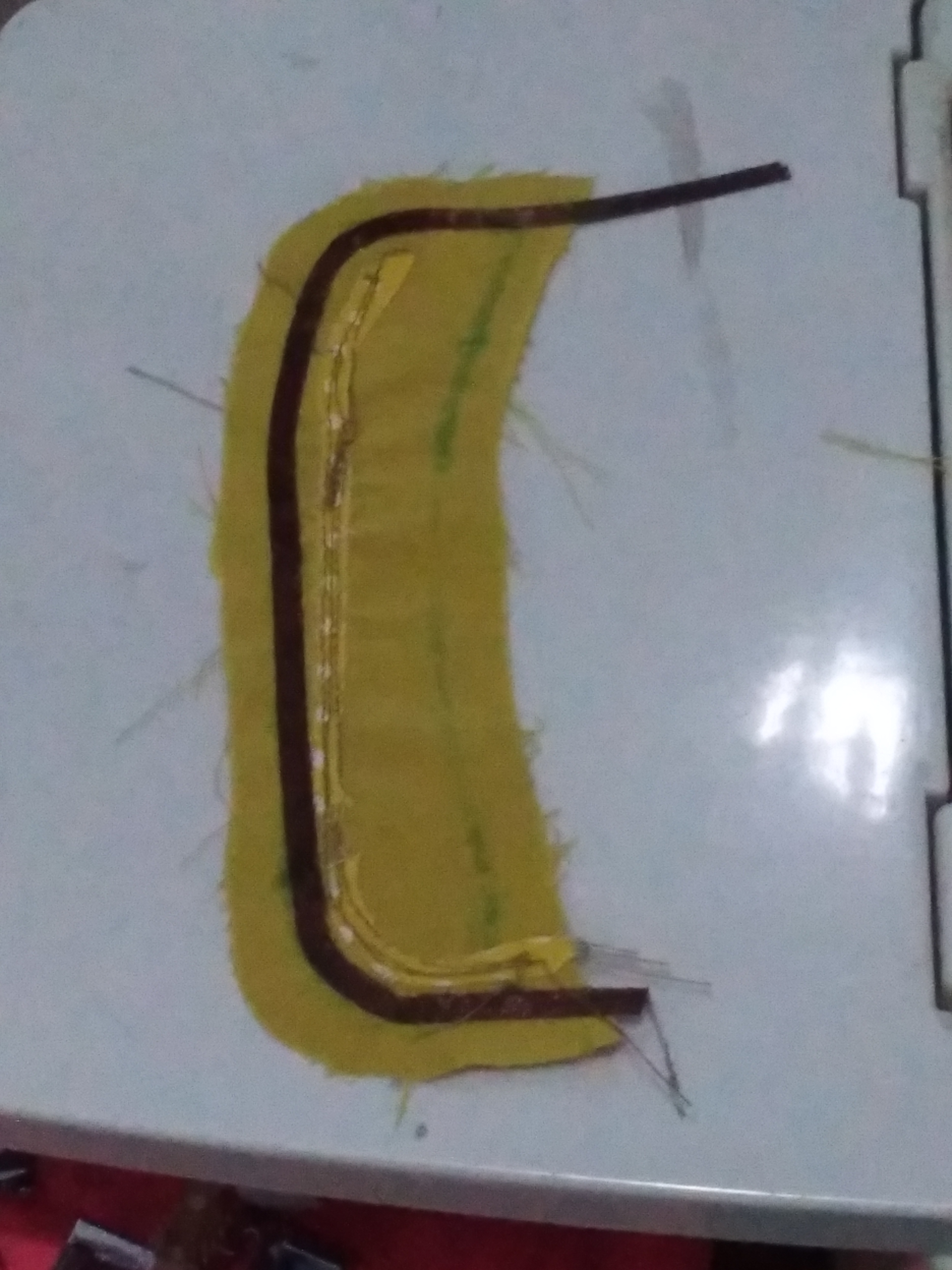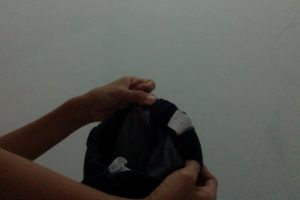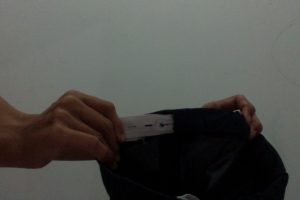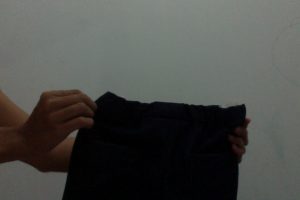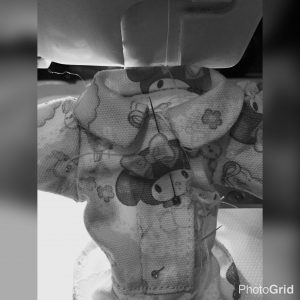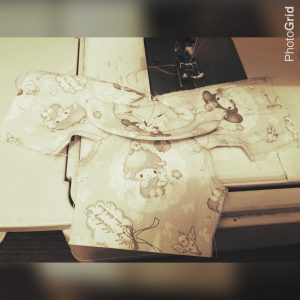I made a few masks lately and as usual, after making it, I always washed it and then put it under the sun light/heat or under it’s SHADOW. I found that the projects that I put under sunlight or heat directly will create stain which comes from the fabric own colors, especially and mostly RED! Whether it’s Japanese fabric or local low quality fabrics.
I remember, long time ago, I lived up behind a mountain. The company provided each household with drier machine. First, I put my wet project on TOP of the machine. I turned on the machine to dry my clothes inside while the outside machine body itself felt very warm, including the TOP side. My project somehow, STAINED by it’s own colour. I was frustrated! It was then hard to even tone down that stain.
Then, i thought of put it under bathroom heater, not kind of directly put, but rather lower under the heater. It was still staining! Then I just used the bathroom fan to dry it. Not cooold, not hot. Just room temperature. It worked!
Another case: I used strong laundry soap. It was ok though, not kind of very very strong that will destroy my clothes. Yet, for some fabrics, especially when it contains RED (and black, too, even though black is not an often case as red), it will create stain, too. Seems like the soap reaction to red colour works in a bad way.
Another case: it’s ok to put under the sun heat, as long as the ‘fabric’ is squeezed as hard as possible; the point is the water is very very minimal on fabric. Yet, we can’t always do that. If we didn’t wash the fabric before sewing it, we can’t squeeze the finished projects. We just can press it the best we can do, yet, the water is still a lot on fabric.
In my recent cases, I put it under sunlight /heat shadow, it was ok, but when the temperature is hot, too, even under the ‘shadow’, it can create stain.
Some fabric colours can create erasable stain and some are not. Once it’s staining on it’s own, it’s hard to wash. You see, most fabrics have kind of light background colour, for example black; then the pattern, for example owl, can be red colour. The pattern colour can stain the background colour. Sometimes, i thought, the background colour that would be dangerous but in my cases, the pattern colour can be dangerous, too. I then thought if the paint of each colour used to colour the fabric is different brand/type or what?
I still understand if one fabric colour can stain to OTHER fabric. Yet, I didn’t really think much about it when it’s in one fabric that contained more than 1 colour and it can stain on the fabric itself.
Someone also said to me not long ago, red-black-navy usually create staining. Lately, i also found dark green; may be because i rare work with green, so i just found it. Strangely, dark brown is almost never staining; yet, i just found that my pink fabric stained other fabric. The last one (pink), i suspect the detergent is surprisingly strong and can ‘squeeze’ pink colour out. The fabric i used is a good fabric which USUALLY never stain.
Sometimes, even though i have some experiences, i forgot myself about it. May be because the project is DIFFERENT, so, i’m not cautious.
So, here what we can do:
- Wash the fabrics before using it or pre-wash the fabric.
To be honest, I’m so lazy about this, especially because I rarely have the staining problem. Yet, now, when I’m starting to suspect some fabrics, i wash them first. I think, it’s ok to wash AFTER CUTTING but BEFORE SEWING if you are that lazy to wash the whole fabrics. Most fabrics don’t shrink much unless may be if you use very hot water, put it in the drier, or other harsh treatments that shouldn’t be done to that kind of fabrics. (^_^)’. Sometimes, washing the whole fabric can expose more staining on many parts on the fabric itself; so, may be if we cut first and then wash it before sewing it, if there is stain, we can fix it on that location only; not on a whole fabric which may cause headache because stain can be like spots everywhere. Well, it’s up to you, though. (^_^).
2. If you don’t want to pre-wash the fabric, then after finishing the project, wash it and dry it not under the heat or not in hot temperature. So, if outside is hot, put the finished project inside.
3. Don’t soak too long! 5-10 minutes and keep rechecking. It’s because sometimes, we think our laundry soap is ok but apparently, to some craft fabrics, it can pull out some colours and then create stain to that own fabrics. So be careful. Even if you don’t use laundry soap, just keep rechecking! I haven’t tried using silk or baby clothes detergent. Perhaps, next time, i will try it. It’s usually not as strong as common detergent.
*NOTE: to know why heat and other stuff can make such stain to fabric, I won’t explain it because it’s out of my knowledge. It’s so chemical, i think, so i don’t want to talk or discuss any further about it. So, please google yourself if you want to know deeper.

